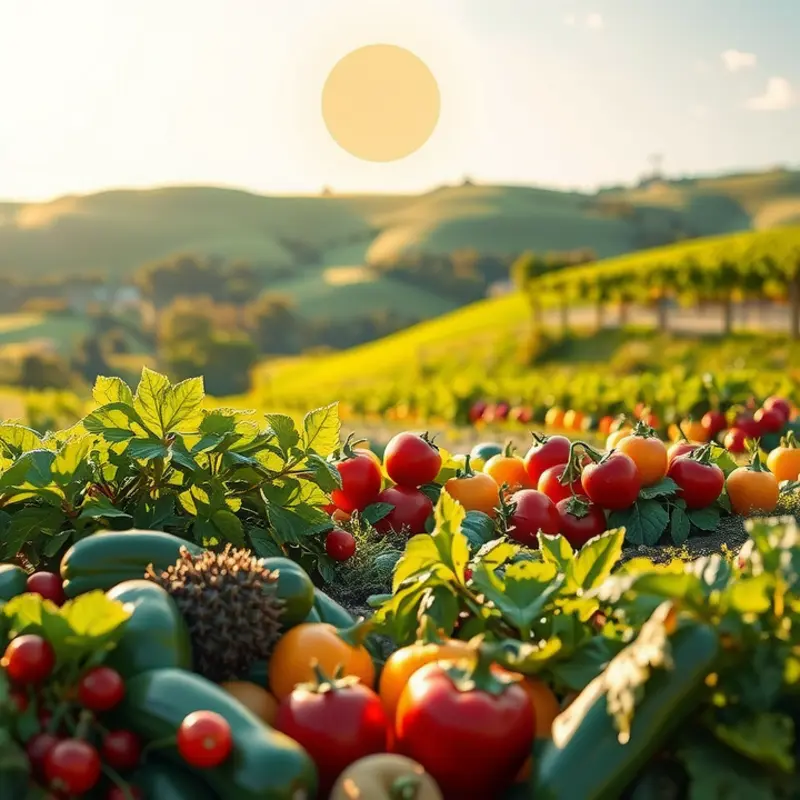Savory flavoring pastes are essential tools for home cooks looking to enhance their dishes effortlessly. These versatile mixtures not only add depth to flavors but also offer practical solutions for meal prep. Whether you’re following a specific diet or simply want to spice up your weeknight meals, learning how to utilize these pastes effectively is key to simplifying your cooking. This guide provides useful ingredient swaps and insights that everyone can easily incorporate into their culinary repertoire.
Creating Your Own Savory Flavoring Pastes

Crafting homemade savory flavoring pastes allows you to control ingredients and taste while catering to dietary preferences. Making your own pastes ensures freshness, enhancing the natural flavors of each component. These pastes are versatile, transforming simple dishes into gourmet experiences.
The foundation of many savory pastes is garlic. It’s a culinary powerhouse that amplifies flavor and offers health benefits, such as supporting immune function and lowering cholesterol. Combine fresh garlic cloves with herbs like basil, thyme, or rosemary for a classic herb blend. Blending these with olive oil creates a base that can be stored refrigerated for weeks.
For a spicier kick, incorporate chilies into your pastes. Choose from a variety of heat levels to suit your preference—jalapeños for moderate spice or habaneros for increased intensity. Combine these with tomatoes and cumin for a punchy taste reminiscent of South American salsas. This spiced paste can liven up roasted vegetables, meats, or grains.
Herbs are crucial for depth and aroma. Integrate cilantro or parsley into a paste for fresh, green vibrancy. Blending with lemon zest and juice adds acidity, balancing flavors while offering vitamin C. Such pastes are perfect for marinating chicken or as a zesty topping for roasted potatoes.
Health-conscious cooks benefit from the ability to adjust salt and fat content. Store-bought options often contain preservatives and excess sodium. By crafting your own, you maintain control without compromising taste. Opt for low-sodium soy sauces or coconut aminos to infuse umami without unhealthy levels of salt.
Allergies and dietary restrictions are easily managed when you tailor your pastes. If avoiding nightshades, opt for alternative flavor boosters. Consider using fermented products like miso for depth and probiotic benefits without the peppers or tomatoes.
Customizing pastes to meet specific taste preferences is simple. For a sweeter profile, add caramelized onions or roasted red peppers. If seeking a tart note, infuse pastes with pickled ingredients like capers or gherkins. Each addition transforms the paste into a unique flavor conduit, enhancing your culinary creations.
Storage is key to maintaining paste freshness. Use glass jars with airtight lids, ensuring flavors do not degrade. A thin layer of oil on top of pastes can help prevent oxidation and extend shelf life. Consider dividing large batches into smaller portions to avoid contamination each time you’re using them.
Finally, don’t shy away from experimenting with new combinations. Let your palate guide you in discovering which ingredients harmonize well together. A bit of creativity in the kitchen can lead to the next great artisanal paste, ready to unlock the full potential of your culinary repertoire.
Smart Substitutions for Savory Pastes

Savory pastes add depth and complexity to dishes but may not always align with your dietary preferences. Knowing how to substitute ingredients effectively can transform your culinary experience.
Gluten-Free Options: Many traditional pastes contain ingredients like soy sauce, which includes gluten. Instead, opt for a gluten-free tamari or a liquid aminos variation. These alternatives offer similar umami profiles without compromising dietary restrictions. For other thickening agents typically reliant on gluten, explore options like arrowroot powder or cornstarch for a seamless integration into your dish.
Vegan Variations: For vegan-friendly substitutes, replace fish sauce with a mixture of soy sauce and a hint of mushroom powder for added umami. Nutritional yeast, a powerhouse ingredient, can mimic the cheesy notes of certain savory pastes, making it an excellent stand-in for cheese-based pastes. Pair it with a bit of soy sauce or tamari and mushroom stock for a balanced, rich flavor.
Low-Sodium Swaps: Lowering sodium does not mean sacrificing taste. Use herbs and spices like smoked paprika, garlic powder, or onion powder to add flavor without adding salt. Alternatively, create a homemade vegetable paste with fresh herbs and vinegar to brighten and enrich taste profiles. Enhancing the acid profile in a dish compensates for the absence of salt, while still maintaining depth.
Missing Ingredients: It’s possible to replicate the complexity of many pastes even when certain ingredients are unavailable. For a simple chili paste substitute, blend dried chilies with olive oil, garlic, and a touch of sugar. If you need a substitute for miso paste, try mixing tahini with a dash of soy sauce and lime juice to achieve a similar fermented tanginess.
Ratios play a crucial role in successfully substituting savory pastes; precision ensures that the fundamental flavor balance of your dish remains intact. For example, if replacing soy sauce with tamari, begin with a 1:1 ratio, taste, and adjust gradually. When substituting fish sauce with a vegan blend, leverage a 1:1, but note that the savory sweetness might vary slightly, requiring subtle adjustments.
Creativity in the kitchen correlates directly to a deep understanding of ingredient profiles. By recognizing these opportunities to adapt, your repertoire of flavors expands considerably. Embrace the flexibility that comes with substitution, transforming potential obstacles into moments of innovation.
For additional insights on crafting flavorful dishes without excessive salt, explore this guide on flavor boosters without salt. This resource can further complement your ongoing culinary journey.
Final words
Understanding how to create and utilize savory flavoring pastes can significantly enhance your cooking experience at home. Whether you’re crafting your own blends or navigating substitutions for dietary needs, these pastes offer flexibility and unmatched flavor combinations. As you experiment with different ingredients, remember that cooking is about personal taste and enjoyment. Embrace the process, and don’t hesitate to adjust flavors to suit your palate. With these practical tools, you can create satisfying, healthy dishes that cater to your lifestyle while delighting your family and friends.







